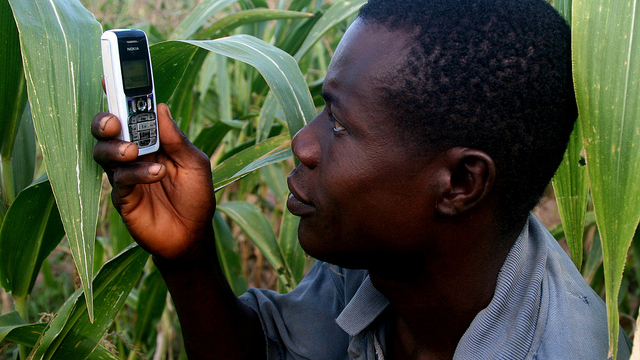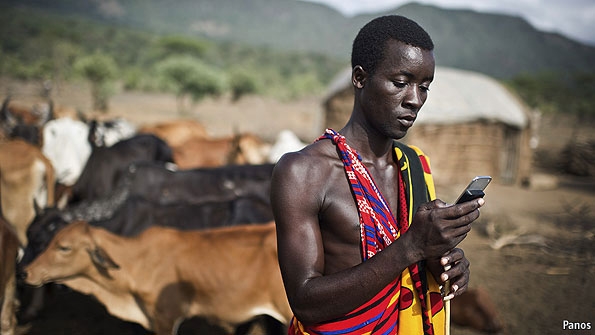Here’s a startling statistic – nearly half of the world’s farmers are unbanked. The 2014 Global Findex estimated that of the more than one billion adults in developing countries who report to be engaged in agriculture, over 440 million do not have a bank account or even a mobile money account. Even those who have accounts do not fully use them – less than 15% report using their account to receive payments against sale of agricultural produce.
Findex defined adults engaged in agriculture as those that receive payments – in cash, into an account, or through a mobile phone – for selling their or their family’s agricultural products, crops, produce, or livestock. If you include those who only earn wage income from agriculture, the number of unbanked would be even higher. This statistic is worrying given the evidence linking financial inclusion to poverty alleviation (see Global Financial Development Report on Financial Inclusion) and since over 70% of the world’s poor live in rural areas where agriculture is the predominant occupation.
Recognizing the importance of financial inclusion, over 50 countries have set national targets and commitments to improve access to financial services for individuals and enterprises. Further impetus to this global agenda has come from the G20 through its Global Partnership for Financial Inclusion and the World Bank Group that has set the goal of Universal Financial Access by 2020. However, we need to better understand how to reach underserved population segments such as those involved in agriculture.
So what are the opportunities to accelerate financial inclusion of agricultural households?
The World Bank Group’s FISF program recently convened global experts to answer this question. The workshop was co-hosted by the Ministry of Foreign Affairs, Netherlands and the Rabobank Group, and brought together experts from select countries, multilateral organizations, major foundations, NGOs, and researchers.
Here are the main takeaways from the workshop:
- Need to focus on broader array of financial services rather than just credit or insurance for agricultural production. Agricultural households have a broad range of financial service needs, several of them for lifecycle and business needs not related to agriculture, and there is strong evidence on impact of access to payments and savings services.
- It is possible to improve the quality of data on financial inclusion of agricultural households. The current major global and national data sources on financial inclusion generally do not provide comprehensive insights for individuals engaged in agricultural activities but the assessment carried out for the workshop suggests it is possible to do this cost-effectively.
- There is an opportunity to facilitate increased use of bank/transaction accounts to send government payments and remittances to agricultural households. A large proportion of these payments and remittances are currently in cash but new developments in payment technologies allow them to be sent to bank/transaction accounts
- The potential for improving access to payment and credit infrastructures for financial cooperatives and microfinance institutions needs to be assessed further. These institutions reach a large proportion of agriculture households in many countries but most do not have access to national payment and credit infrastructures.
- The effectiveness of financial education programs targeting agricultural households can be improved. The likelihood of positive impact can be increased if programs are designed carefully incorporating insights from the substantial body of research now available.
- Need to stimulate stronger private sector innovation and investment to address financial services needs of agricultural households. CGAP’s ongoing work program on financial inclusion of smallholder families aims to do this but additional efforts are needed.
So what’s next?
We are initiating a global mapping of the potential to convert government payments in agriculture (agricultural subsidies and payments toward food-reserve procurements) from cash to transaction accounts and preparing a guidance note on improving the quality of financial inclusion data in national household surveys.
The road to universal financial inclusion will not be easy, and we need to tackle it from different angles. We need solutions that can provide financial access to the unbanked 440 million people engaged in agriculture and help those who already have access to benefit from using a broader range of financial services.
The story first appeared in World Bank







